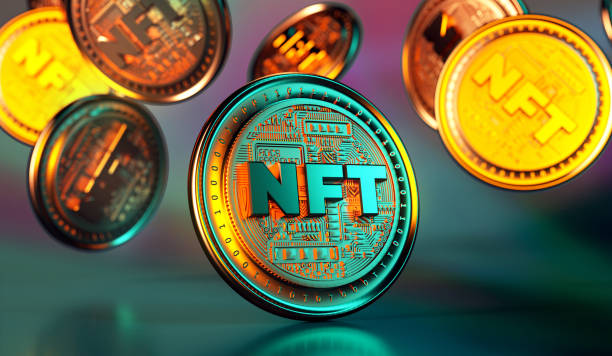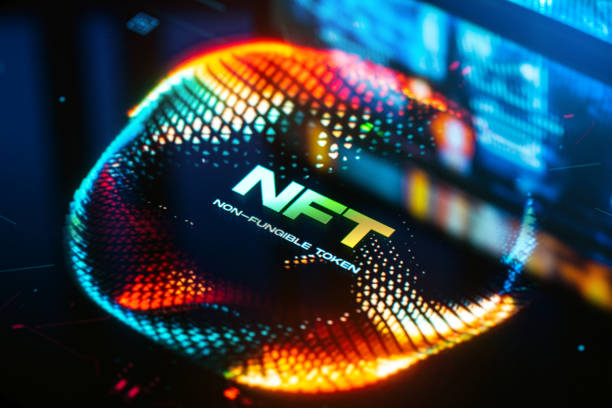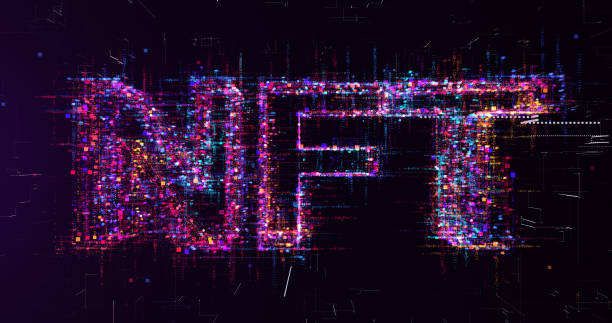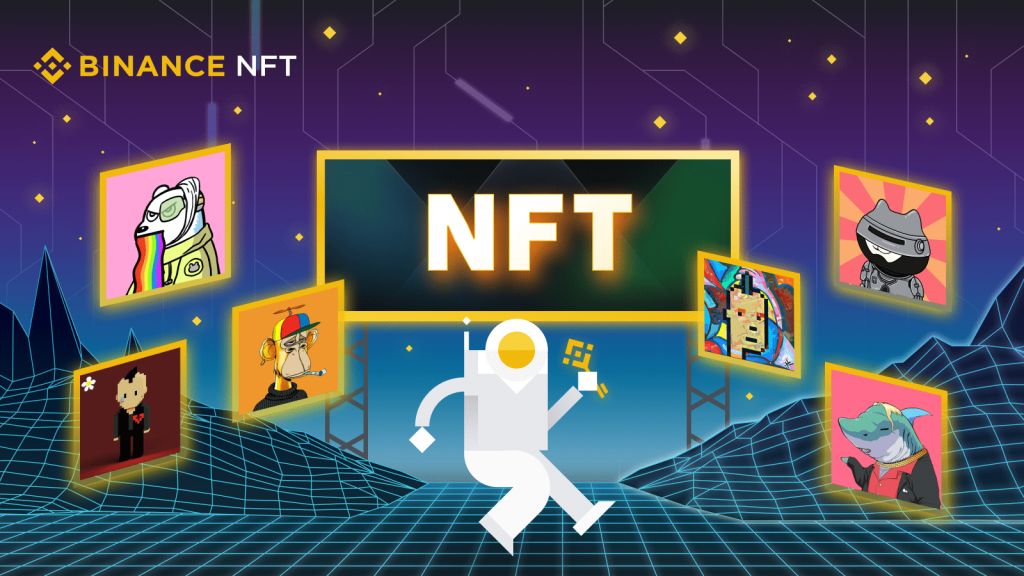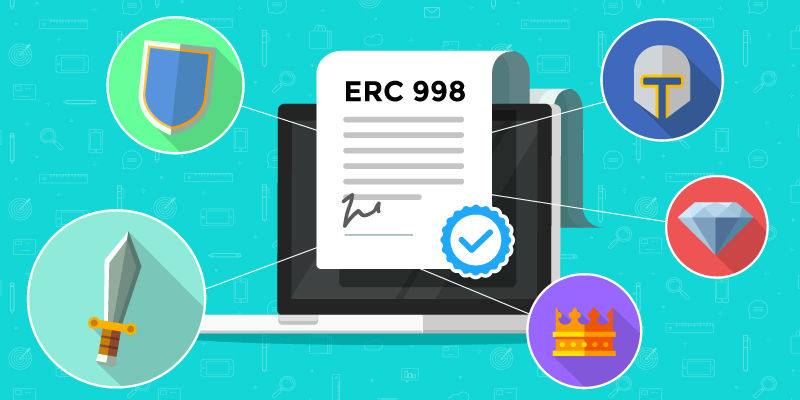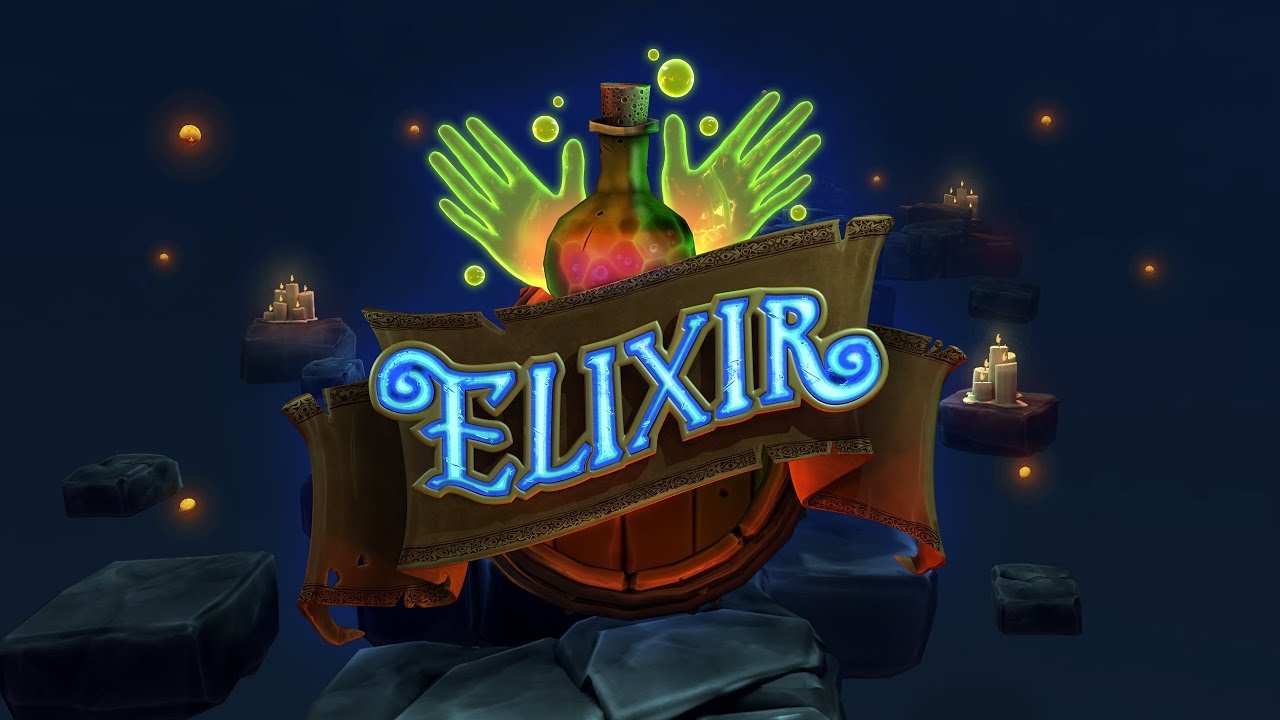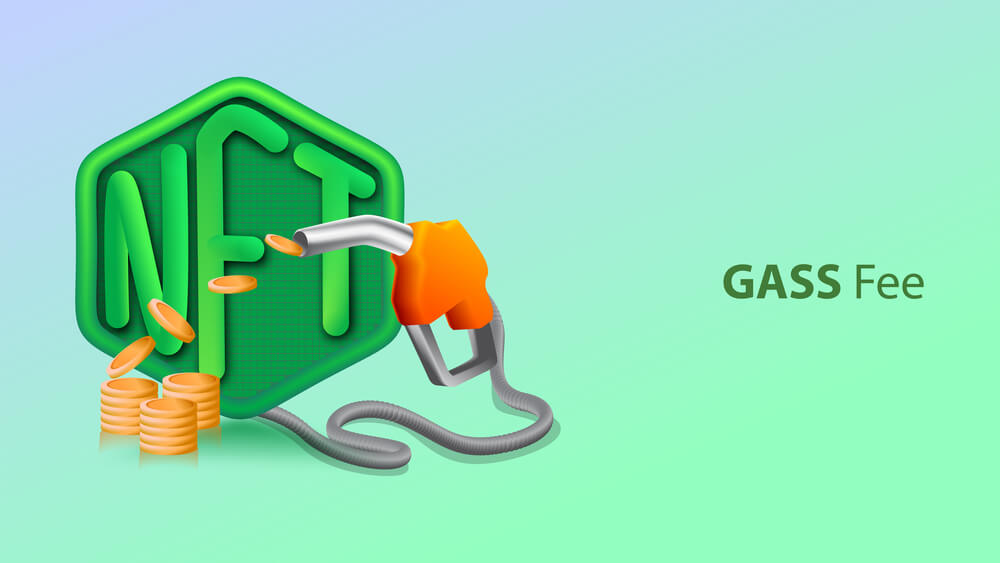Nonfungible tokens (NFTs) have developed an environment where artists can readily take control of their work and finances. In that context, experts agree that artists and creators that tokenize their work and issue it as NFTs no longer need to deal with any third-party intermediaries.
Content creators and artists are now expanding the creator economy past the $100 billion mark by taking control of their brands via NFTs. Even though galleries have traditionally done the leg work in attracting the buyers, they are seeing their utility diminish as cheaper decentralized apps (DApps) make it quite easy for the investors to connect directly with their favorite artists.
That is developing a new paradigm in the creator economy underpinned by the nonfungible tokens. As the creator economy has exceeded $100 billion with lots of upsides, and NFT marketplaces LooksRare and OpenSea doing more than $100 million in daily volume based on the DappRadar market tracker, it makes lots of sense for the creators to determine how they can extract as much value for the work that they produce.
Australian NFT artist Danielle Weber believes that more artists need to be tokenizing their work and taking full control of their branding. In a recent email, the 10-year artist highlighted most shortcomings she sees in the traditional art sector and how NFTs have assisted her to resolve them. She is a major proponent of NFTs as a new tool for the creators.
“I encourage all artists to tokenize their works. What attracted me to the prospect of entering the NFT art scene is that it made art more accessible to everyone.”
Accessibility is an integral aspect for the artists as they increase their opportunities to make a tangible sale when more people can see their work. The NFTs space supports interaction between artists and fans without any need for intermediaries. That has resulted in the creation of what Weber referred to as a ‘beautiful cycle.’
NFTs Come With A Burden
A former lead engineer at blogging site Medium, Julien Genestoux agrees that content creators and artists need to be taking control of their products via NFTs, including their interaction with the fans. He said in an April 6 interview that the NFT sector helps in eliminating arbitrary moats between the fans and artists.
Genestoux thinks that content creators have a chance to promote themselves as they desire, but that there is an additional burden that comes with doing that. He insisted that before the creators act as their managers on these platforms:
“They should ask what relationship they want with their fans and what special thing they can offer themselves. After finding out what you can offer on your own, use the NFTs as a contract that you still control.”
He agrees that the traditional platforms like Facebook and YouTube are easy for people to use and have a lot of distribution advantages over the smaller platforms, but the direct connections with fans that come with NFTs are more important.
“I think you should be your platform. That’s one of the values of having your relationship with your fans.”
Genestoux also said that NFTs by creators do not have to be limited to artists. The entertainers on the Only Fans social networking platform can display NFT profile pictures as of this February. CEO Amrapali Gan stated that the new feature was just the “first step in exploring the role that NFTs can play in our platform.”

